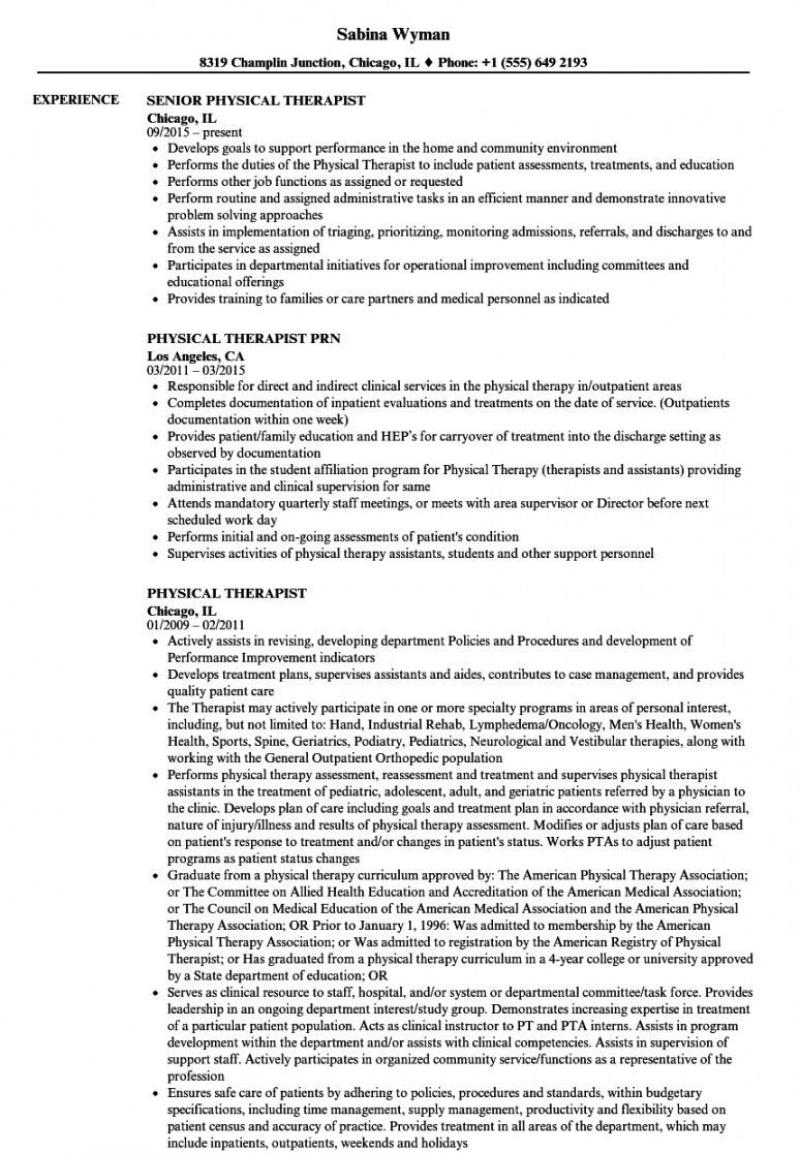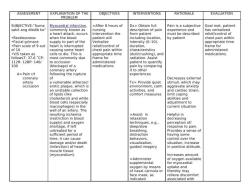What is the job description of an IV therapist?
An IV (Intravenous) Therapist, also known as a Certified IV Technician or IV Nurse, plays a crucial role in the healthcare field by administering intravenous fluids and medications to patients. Their job description includes various responsibilities and the need for specific skills. Here is a general overview of the job description of an IV therapist:
Job Responsibilities:
Venipuncture: The primary responsibility of an IV therapist is to perform venipuncture, which involves inserting a needle into a patient's vein to start an IV line. This requires a high level of skill and precision to ensure safe and effective access.
Assessment: Before initiating IV therapy, IV therapists assess the patient's medical history, current condition, and the prescribed treatment to ensure that IV therapy is appropriate and safe.
IV Insertion and Management: IV therapists insert IV catheters into suitable veins and manage the IV lines throughout the treatment, checking for proper placement and adjusting as needed.
Medication Administration: They administer prescribed medications, fluids, blood products, and other treatments via the IV route. Accurate dosage calculation and administration are essential.
Monitor and Adjust IV Flow: IV therapists monitor the IV flow rate, ensuring it is consistent with the physician's orders. They make adjustments as necessary to maintain the prescribed treatment rate.
Prevent and Manage Complications: IV therapists are trained to identify and address potential complications, such as infiltration, extravasation, or phlebitis, which can occur when the IV catheter is not functioning correctly.
Maintain Sterility: It is crucial to maintain aseptic technique and ensure that the IV site and equipment remain sterile to prevent infection.
Patient Education: IV therapists provide patients with information about the treatment, potential side effects, and self-care instructions for IV therapy, especially if it will continue at home.
Document Patient Care: Thorough and accurate documentation of IV therapy, including patient assessments, vital signs, and the administration of medications or fluids, is a critical part of the role.
Collaboration: IV therapists work closely with physicians, registered nurses, and other members of the healthcare team to ensure coordinated patient care.
Skills and Qualities:
Venipuncture Skills: Proficiency in venipuncture techniques and the ability to locate suitable veins for IV access.
Attention to Detail: IV therapy requires precision and attention to detail to prevent errors and complications.
Clinical Knowledge: Knowledge of anatomy, physiology, pharmacology, and aseptic techniques relevant to IV therapy.
Communication: Effective communication skills to interact with patients, families, and the healthcare team.
Critical Thinking: The ability to assess patients, make quick decisions, and respond to changes in a patient's condition.
Empathy and Compassion: A caring and empathetic approach when dealing with patients, as IV therapy can be uncomfortable or stressful for some.
Adaptability: The capacity to adapt to various healthcare settings and handle different patient needs and conditions.
Documentation Skills: Proficient record-keeping and documentation skills to maintain accurate patient records.
Time Management: The ability to manage multiple patients and prioritize care effectively.
Patient Safety: A commitment to patient safety and infection control practices.
IV therapists can work in various healthcare settings, including hospitals, clinics, home healthcare, and long-term care facilities. They play a crucial role in delivering essential medical treatments and therapies through IV access while ensuring patient safety and comfort.
Understanding the Role of an IV Therapist
An intravenous (IV) therapist is a healthcare professional who specializes in administering medications and fluids through a vein. They play a crucial role in providing treatment and supportive care to patients in various healthcare settings, including hospitals, clinics, and long-term care facilities.
Responsibilities and Duties of an Intravenous Therapist
The primary responsibility of an IV therapist is to safely and effectively administer IV medications and fluids. This involves:
Assessing the patient's condition: IV therapists must carefully evaluate the patient's medical history, current condition, and medication allergies to ensure IV therapy is appropriate and safe.
Selecting the appropriate vein: IV therapists must identify suitable veins for accessing the bloodstream, considering factors such as vein size, location, and condition.
Inserting the IV catheter: The process of inserting the catheter involves inserting a small needle into a vein and threading a flexible tube, called a catheter, into the vein.
Initiating and monitoring IV therapy: IV therapists connect the IV tubing to medication or fluid bags and control the flow rate to deliver the prescribed treatment. They closely monitor the patient's response and vital signs throughout the infusion.
Maintaining IV lines: IV therapists ensure the IV line remains patent and secure, preventing complications such as infiltration or infection. They change dressings as needed and monitor the infusion site for any signs of problems.
Administering medications: IV therapists prepare and administer medications according to physician orders, ensuring the correct dosage and timing. They monitor the patient for any adverse reactions to the medications.
Educating patients: IV therapists provide education to patients about their IV therapy, including the purpose of the treatment, potential side effects, and proper care of the IV site.
Qualifications and Training for IV Therapy Specialists
To become an IV therapist, individuals typically need to complete the following requirements:
Education: Completion of an accredited medical assistant or nursing program
Training: Specialized training in IV therapy techniques and procedures
Certification: Pass a certification exam administered by a recognized organization, such as the Intravenous Nurses Society (INS) or the National Alliance of Intravenous Therapy Nurses (NAIT)
Licensure: In some states, IV therapists may require licensure or certification from the state's nursing or medical board
IV therapists must possess a combination of clinical skills, knowledge of pharmacology, and excellent communication and interpersonal skills to provide safe and effective care to patients. They must also stay updated on the latest advancements in IV therapy practices and maintain their certifications through continuing education.
Understanding the Role of an IV Therapist
An intravenous (IV) therapist is a healthcare professional who specializes in administering medications and fluids through a vein. They play a crucial role in providing treatment and supportive care to patients in various healthcare settings, including hospitals, clinics, and long-term care facilities.
Responsibilities and Duties of an Intravenous Therapist
The primary responsibility of an IV therapist is to safely and effectively administer IV medications and fluids. This involves:
Assessing the patient's condition: IV therapists must carefully evaluate the patient's medical history, current condition, and medication allergies to ensure IV therapy is appropriate and safe.
Selecting the appropriate vein: IV therapists must identify suitable veins for accessing the bloodstream, considering factors such as vein size, location, and condition.
Inserting the IV catheter: The process of inserting the catheter involves inserting a small needle into a vein and threading a flexible tube, called a catheter, into the vein.
Initiating and monitoring IV therapy: IV therapists connect the IV tubing to medication or fluid bags and control the flow rate to deliver the prescribed treatment. They closely monitor the patient's response and vital signs throughout the infusion.
Maintaining IV lines: IV therapists ensure the IV line remains patent and secure, preventing complications such as infiltration or infection. They change dressings as needed and monitor the infusion site for any signs of problems.
Administering medications: IV therapists prepare and administer medications according to physician orders, ensuring the correct dosage and timing. They monitor the patient for any adverse reactions to the medications.
Educating patients: IV therapists provide education to patients about their IV therapy, including the purpose of the treatment, potential side effects, and proper care of the IV site.
Qualifications and Training for IV Therapy Specialists
To become an IV therapist, individuals typically need to complete the following requirements:
Education: Completion of an accredited medical assistant or nursing program
Training: Specialized training in IV therapy techniques and procedures
Certification: Pass a certification exam administered by a recognized organization, such as the Intravenous Nurses Society (INS) or the National Alliance of Intravenous Therapy Nurses (NAIT)
Licensure: In some states, IV therapists may require licensure or certification from the state's nursing or medical board
IV therapists must possess a combination of clinical skills, knowledge of pharmacology, and excellent communication and interpersonal skills to provide safe and effective care to patients. They must also stay updated on the latest advancements in IV therapy practices and maintain their certifications through continuing education.













